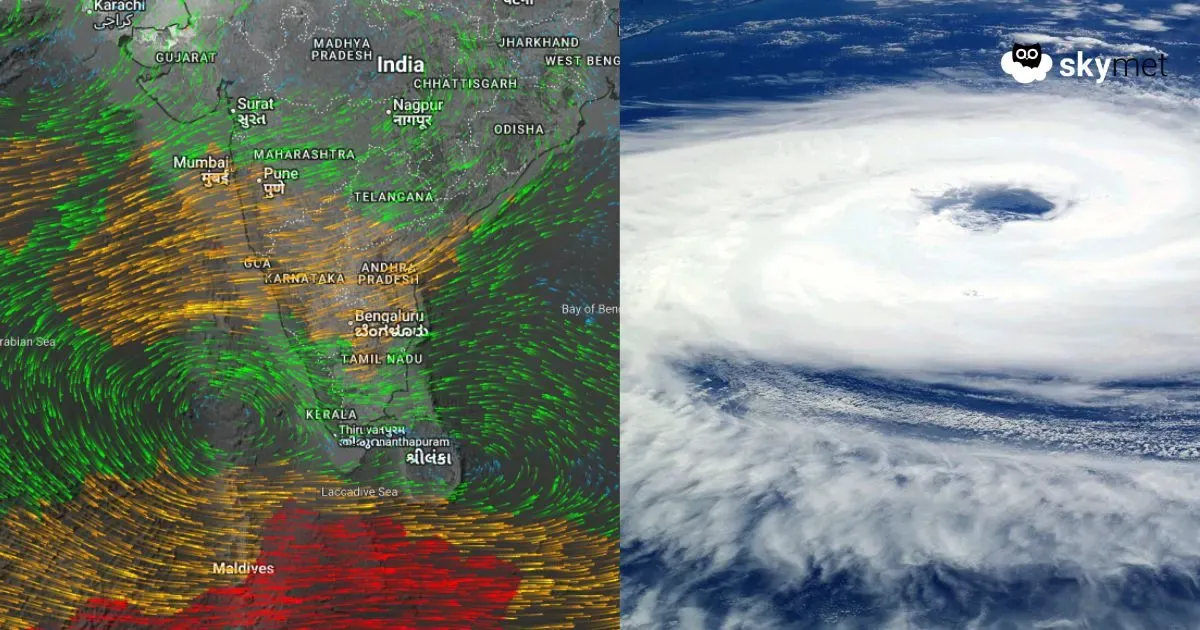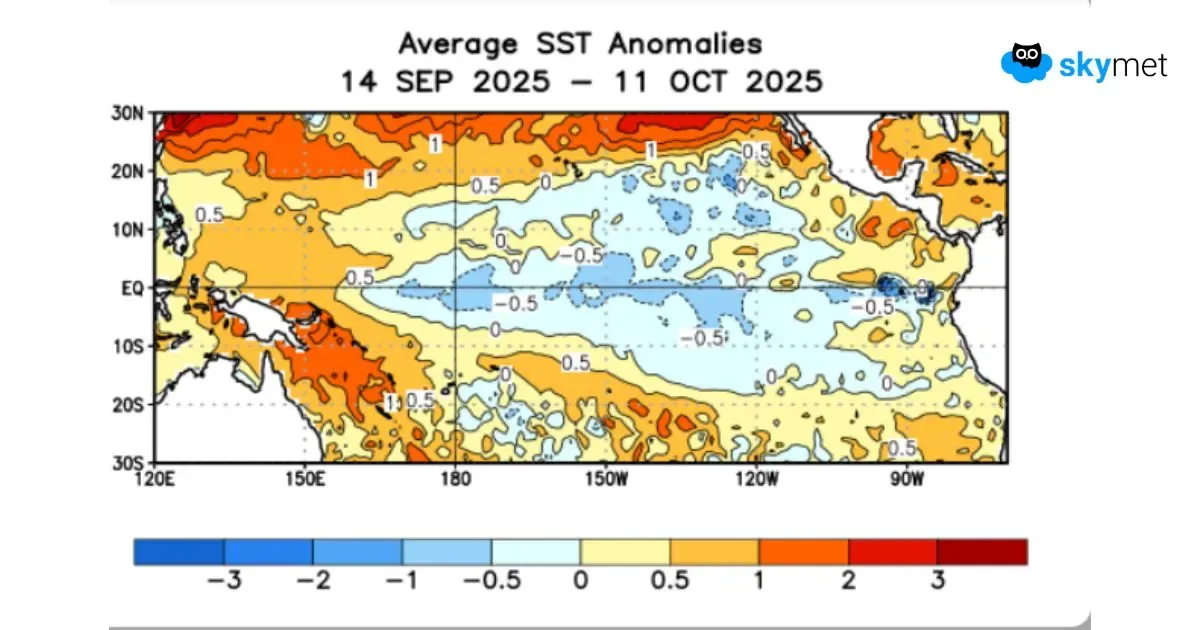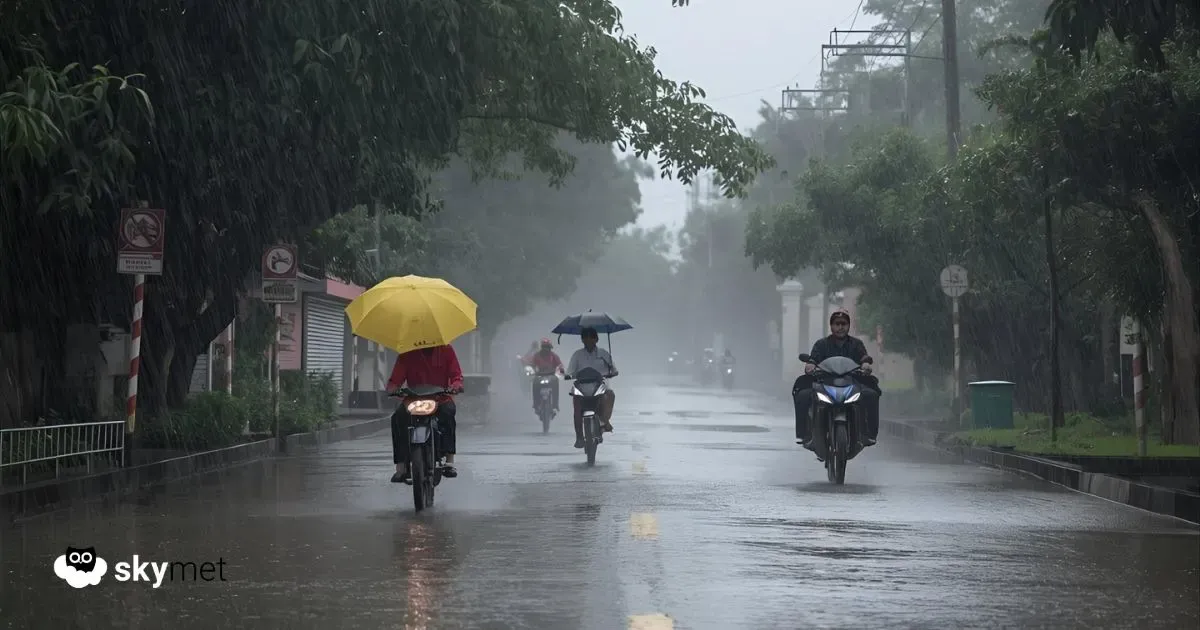The Northeast Monsoon set in over the southern parts yesterday, 16th October. It was nearly a repeat of last year when the monsoon arrived on 15th October 2024. The exit of the Southwest Monsoon and the entry of the Northeast Monsoon were simultaneous, repeating the pattern of 2019 when both occurred on the same date, 16th October. In anticipation of the monsoon, there have been decent moderate rains over the South Peninsula for the last few days, which are likely to continue through the week.
The onset of the Northeast Monsoon can happen anytime between 11th October and 27th October, depending on the arrival of easterly winds over the coastline and the Bay of Bengal. The normal date for the setting in of easterlies over the Southeast Peninsula is 14th October, and the most favoured date for the onset of the Northeast Monsoon is 20th October, over Coastal Tamil Nadu and Coastal Andhra Pradesh.
The onset date of the monsoon has little correlation with the quantum of rainfall during the season. The monsoon had set in on 25th October in 2012 and 2021. Yet, the seasonal rainfall in these years was -7% and +15% of the Long Period Average (LPA), respectively. The Northeast Monsoon is the chief rainy season for the state of Tamil Nadu. Nearly 35% of the annual rainfall, amounting to about 317 mm, is received during this period. Based on 1971–2020 data, the Long Period Average (LPA) rainfall for South Peninsular India during this season is 334.13 mm. Rainfall within ±12% of the LPA is considered normal.
The Northeast Monsoon is influenced by global climate parameters such as ENSO, IOD, and MJO. ENSO will remain in the La Niña phase commencing early November, and the Indian Ocean Dipole (IOD) will stay negative throughout the season. Both these parameters do not augur well and have a weak correlation with the seasonal performance. The Madden-Julian Oscillation (MJO) is a transiting pulse that moves around the globe, showing large intra-seasonal variability.

















